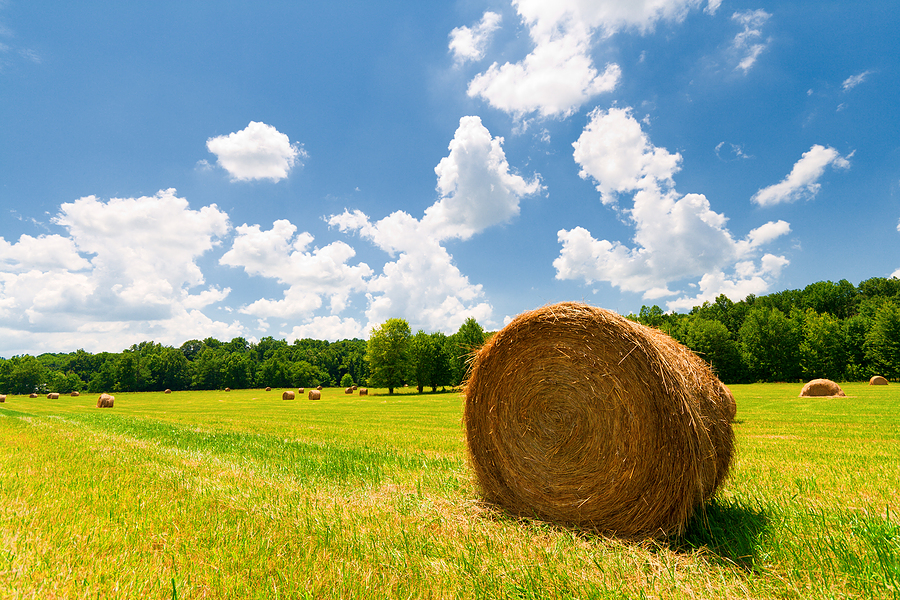
The restaurant industry is worth nearly $800 billion in the United States, and there are more than a million restaurants nationwide. But running a successful restaurant business is not easy — as many as 60 percent fail within the first three years of opening their doors. At full-service restaurants, profit-margins are razor thin, ranging between 1.8 and 3.5 percent, according to the National Restaurant Industry.
Successful restaurants must find a way to keep costs low while keeping the quality of service high — no simple task. Because it typically isn’t associated with the bottom line, food waste is one area of a restaurant’s operation that often is overlooked. Four to 10 percent of food purchased by a restaurant or food service operation is discarded before ever reaching a customer.
With restaurants generating large amounts of food and beverage waste, paying people to haul off and dispose of it is becoming a costly business liability. Meanwhile, growing regulatory uncertainty surrounding waste means smart businesses are looking to get ahead of the issue before it gets out of hand.
Measure so you can manage
You can’t manage what you don’t measure, which is why restaurants should measure their food waste to understand how much, where and why it is occurring, and monitor progress over time. It’s good to determine why each item is thrown away, such as prep waste or cooking errors. Other common factors contributing to pre-consumed food waste include overproduction, expiration, spoilage and trimming.
One of the best ways for restaurants to reduce the amount of food waste they generate is simply by ordering the correct amount of food needed. Inventorying food and tracking what and how much is wasted is key to achieving this.
Food waste reduction as an investment
Investing just a single dollar in food waste reduction techniques generates around $14 dollars in return, according to a recent report by the World Resource Institute. Restaurants typically experience the highest returns, followed by hotels, food service companies and food retailers.
For many bigger restaurants, food waste is the largest single component of their waste streams. Darden, parent company of such iconic brands as Olive Garden and LongHorn Steakhouse, has addressed food waste in its operations, having recycled more than 13 million pounds of cooking oil since November 2010. To help build knowledge and experience with composting, the company is currently piloting organics recycling projects in select restaurants in Florida. For a major company focused on the bottom line, these actions are rooted in businesses decisions to increase profit, which also have a positive environmental impact.
Look to technology to close the loop
There are a variety of technologies that can help restaurants reduce food waste throughout their operation, from digital tools to that help improve efficiency with food purchases to tools that help avoid food spoilage. However, even the most efficient restaurant will generate some food waste — such as from uneaten customer meals and waste from food preparation.
Here are Nourished Planet, we are developing a prototype called the “Table 2 Farm” (T2F), which is designed to benefit restaurant businesses by lowering costs from waste removal fees, maximizing the efficient use of time, improving use of labor and reducing carbon footprint and other environmental impacts. We hope this will become another tool in a restaurant business owners’ toolbox for cutting food waste and saving money.

